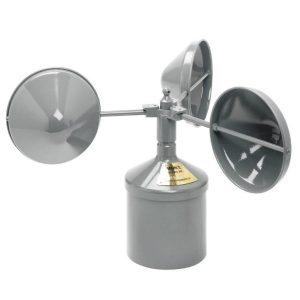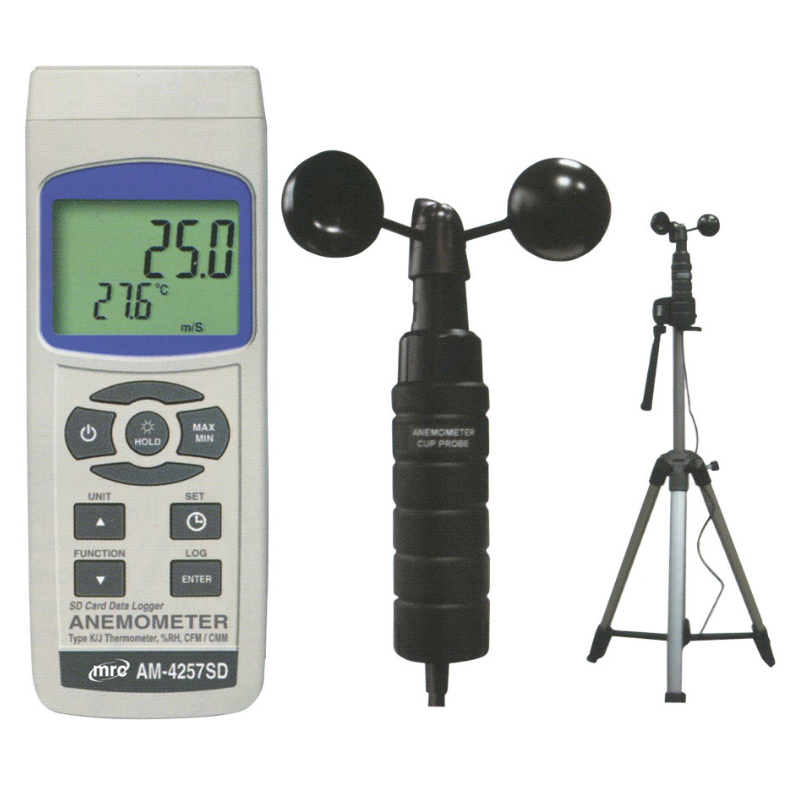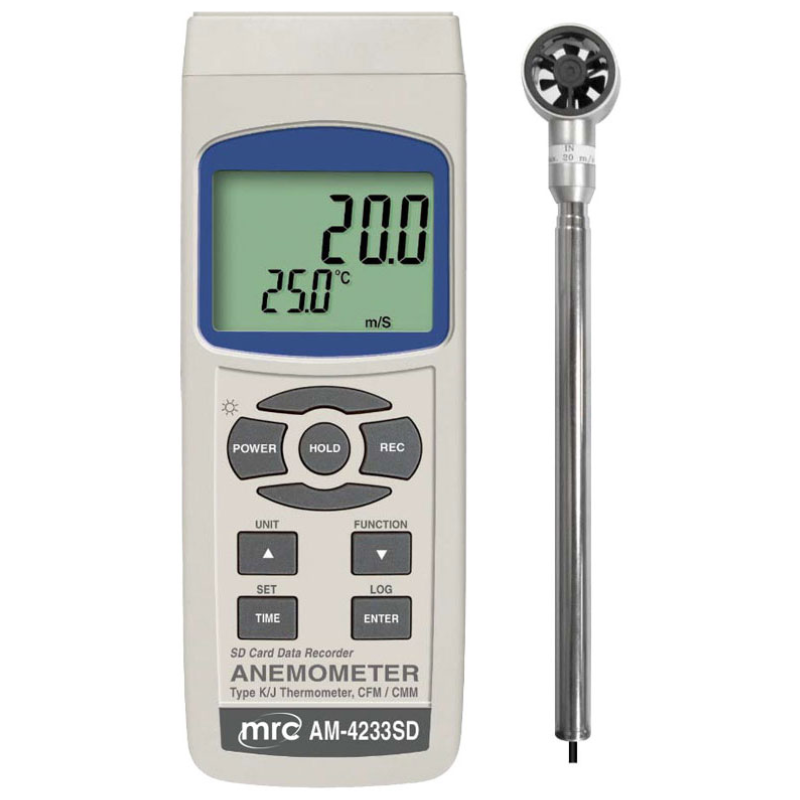An anemometer is a tool that gauges wind speed. There are many different types of anemometers, but they all work by measuring the force of the wind on a moving object. The most common type of anemometer is the cup anemometer, which consists of three or four cups that spin in the wind. The faster the wind speed, the faster the cups spin. When wind pushes into the anemometer, it causes the cups to rotate. The number of rotations per minute is then recorded to calculate the wind speed.
Anemometers are used in various settings, including weather stations and airports. Wind speed is important in many activities, including construction, flying kites, and sailing. It can also be a hazard, so it is important to be able to measure wind speed.
Varieties of Anemometer
There are many different types of an Anemometer, each with its advantages and disadvantages. Every type of anemometer measures wind speed by quantifying the wind’s force on a moving object.
Vane Anemometer:
A vane anemometer consists of a large rotating wheel with vanes attached. As the wind blows, the vanes rotate the wheel. The wind speed is then calculated based on the number of rotations per minute.
Vane anemometers are very durable and can withstand high winds. They are relatively low maintenance and can handle higher wind speeds. You can use them in various settings, including weather stations, airports, and wind farms.
It has a few drawbacks; also, vane anemometers must point towards the source to get an accurate result. They require regular calibration and can damage by high winds as cup anemometers.
Cup Anemometer:
The cup anemometer is the most common type of anemometer. It consists of four cups mounted on a horizontal shaft. As the wind blows, the cups rotate, and the shaft turns. The wind speed is then calculated based on the number of rotations per minute.
Cup anemometers are very accurate and precise. It doesn’t need to point directly at the source. You can use them in various settings, including weather stations, airports, and wind farms.
High winds can damage cup anemometers, requiring regular maintenance and calibration. The icing effect can also manipulate the readings in cold weather. This device is not that good with the low measurement at all.
Hot Wire Anemometer:
A hot wire anemometer consists of a thin wire that is electrically heated. As the wind blows, the wire cools down. The wind speed is then calculated based on the cooling rate. Hot wire anemometers are very accurate and precise. They can measure low wind measurements. They have small sensors, and they last longer than others.
But big elements in the air can harm it. Also, rapid fluctuations in the temperature are not suitable for this anemometer.
Pitot Tube Anemometers:
A Pitot tube anemometer consists of a tube with a small opening at the end. As the wind blows, the air is forced into the tube, and the pressure is measured. The wind speed is then calculated based on the pressure difference between the inside and outside of the tube. It can deal with high temperatures and speed. Pitot tube anemometer is also very responsive and easy to install. It doesn’t have any rotating parts, so it’s more durable.
A few drawbacks are pitot tube anemometers need to be pointed directly at the source to get accurate results. They are not suitable for low airspeed.
How Does Anemometer Measure Work?
An anemometer is a device used to measure wind speed. It is also used to measure the speed of air gasses as they move past the device. There are many different types of anemometers, but they all work by measuring the force of the wind on a structure. The most common type of anemometer is the cup anemometer, which consists of four cups mounted on a horizontal shaft. As the wind blows, the cups rotate, and the shaft turns.
The wind speed is then calculated based on the number of rotations per minute. Anemometers are used in various settings, including weather stations, airports, and wind farms. They are also commonly used in research studies to investigate the effect of wind on various objects and structures.
Things to consider before buying
Before purchasing Meteorological Equipment like an anemometer, you should consider several factors. The most important factor is the intended purpose of the anemometer. Anemometers can be used for various purposes, including measuring wind speed, wind chill factor, and airflow.
Accuracy rating is the second most important factor. Anemometers can range in accuracy from +/- 0.2% to +/- 2%. The accuracy of the anemometer should be appropriate for the intended purpose.
Another to consider is the wind speed range that the anemometer can measure. Anemometers can measure wind speeds from as low as 1 m/s to as high as 300 m/s. The wind speed range that the anemometer can measure should be appropriate for the intended purpose. The wind speed can fluctuate fast, so it is important to have an anemometer that can accurately measure these fluctuations.
You consider the size and design of the anemometer. Vane anemometers are huge, but cup anemometers are very small. Hot wire anemometers are small but must be pointed directly at the source to get accurate results. Sonic anemometers are the largest, but they are also the most accurate.
The anemometer you select should also be easy to install and use. Some anemometers come with a mounting kit that includes everything you need to install the unit. Others may require that you purchase a separate mounting kit. Make sure that the anemometer you select is compatible with the mounting system you have in place.
[contact-form-7 id=”266″ title=”Contact Form”]







